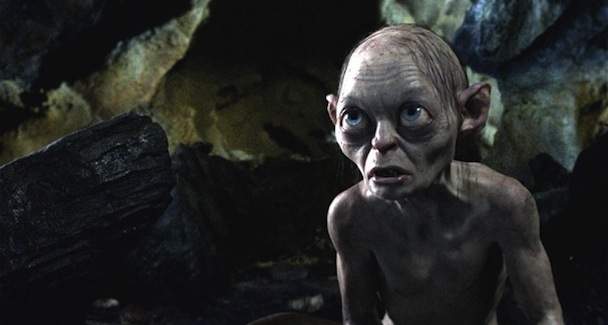The Hobbit: An Unexpected Journey
It's the high frame rate that's getting all the attention, both good and bad.
Overview
At almost three hours long, Peter Jackson's The Hobbit is the perfect film for those who find the cracking pace of the Boxing Day test a little too hectic. Taking place some 60 years before the events of the Lord of the Rings trilogy, it chronicles the adventures of the young hobbit Bilbo Baggins (Martin Freeman), who's recruited by the wizard Gandalf (Sir Ian McKellan) to help a gang of rowdy dwarves reclaim their mountain home.
The whole film has a much lighter feel to it than the trilogy, with the first 45 minutes in particular veering awfully close to 'kids movie', and no matter how stunning the visuals (they really are breathtaking), it's difficult to escape the sense that we've all 'been here, done that' before. On the plus side, there is a pleasant familiarity to the Shire, and as we walk back through Bilbo’s house alongside Gandalf, it does feel a touch like revisiting old friends whom we've dearly missed.
One notable distinction to the 'samey' vibe of The Hobbit, however, is the way it was filmed. There are, in fact, three different viewing options available to audiences: normal 2D, 3D or HFR 3D (High Frame Rate), and it's that last one that's garnering all the attention, both good and bad. At 48 frames per second, HFR is twice the rate of conventional cinema, making the on-screen action extraordinarily smooth and adding remarkable definition to every detail, especially in 3D. The technique delivers an incredibly immersive experience within the world of Middle Earth, particularly in the more elaborate kingdoms and set pieces like the dwarf realm and the trolls' cave.
However, and that's a BIG 'however', HFR is far from perfect. More specifically, it's terrible. Somehow with the exception of the vistas mentioned above, every other aspect of the film is severely let down by the enhanced clarity of the device. The lighting looks amateurish, the action almost appears sped up, the make-up and costumes look like make-up and costumes, and overall the whole piece more closely resembles a behind-the-scenes DVD extra rather than 'the most anticipated movie event of 2012'. Take nothing away from Jackson for pushing new boundaries and offering some of the most stunning 3D footage ever seen, but it's an experiment best left unrepeated.
Jackson's also been criticised for his decision to split the story into three parts; a seemingly commercial extravagance that may test the patience of even the most die-hard fans. That said, Tolkien's (and Jackson's) ability to enrapture one's imagination and tell compelling human tales in a most-inhuman world cannot be overstated, and coupled with the sumptuous cinematography and cutting-edge special effects, The Hobbit remains a worthwhile Boxing Day treat despite its shortcomings.





